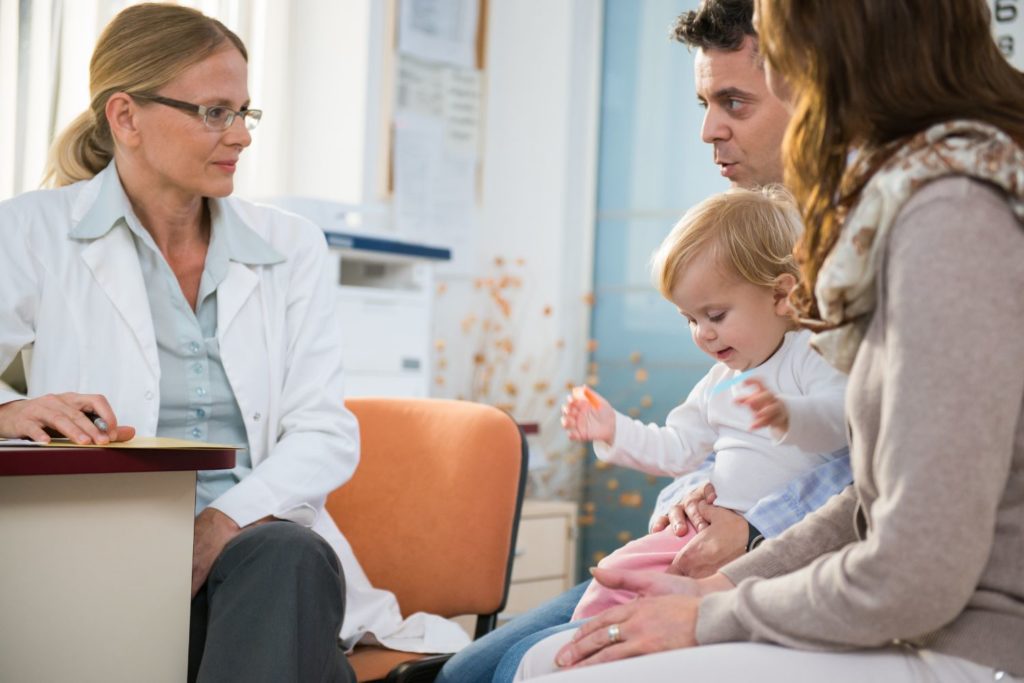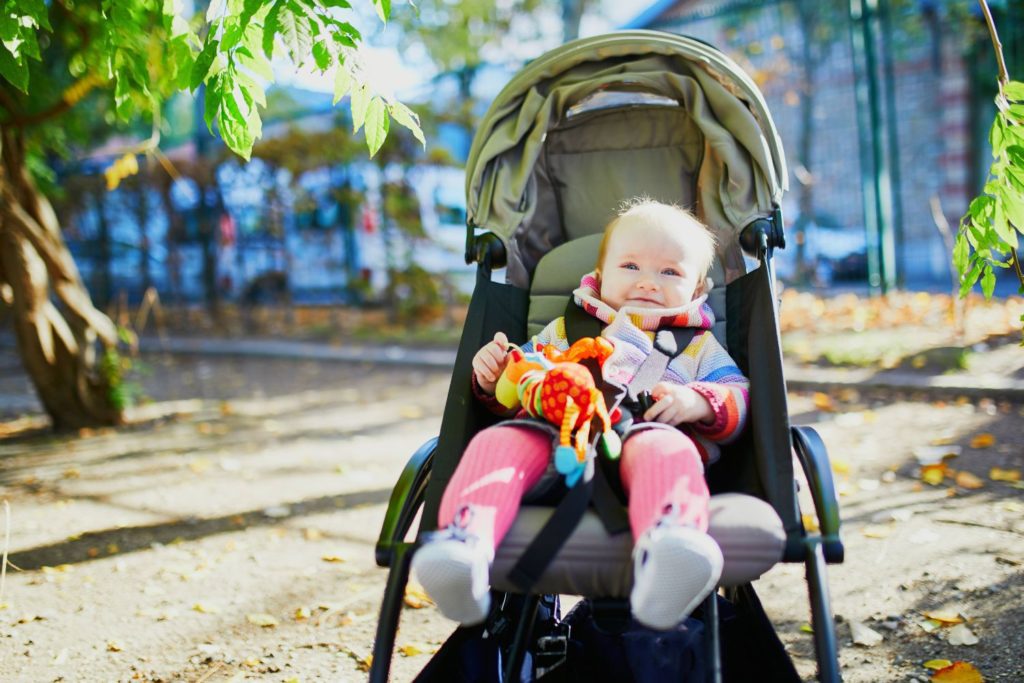Buying second-hand baby gear can save you a lot of money, but it’s important to ensure it’s safe for your little one. From cribs to car seats, here’s when to ask your pediatrician about the safety of using second-hand baby gear and what you need to know.
Why Second-Hand Baby Gear Can Be Tricky
Second-hand baby gear can be a great way to save money and reduce waste, but it can also come with risks. Older products might not meet current safety standards, and wear and tear can affect their integrity.
Signs It’s Time to Ask About Second-Hand Gear
When should you bring up second-hand baby gear with your pediatrician? Here are some signs:
- Hand-Me-Downs: If you’ve received hand-me-downs from friends or family.
- Thrift Store Finds: When you find a great deal at a thrift store or garage sale.
- Online Marketplaces: If you’re considering purchasing baby gear from online marketplaces like Facebook Marketplace or Craigslist.
Questions to Ask Your Pediatrician
Here are some key questions to ask about second-hand baby gear:
- Is this product safe to use for my baby’s age and size?
- Are there any recalls on this product?
- What should I look for to ensure it’s in good condition?
- Are there any parts that commonly wear out and need replacing?
- Is it better to buy certain items new instead of used?

Safety Guidelines for Second-Hand Baby Gear
Cribs and Bassinets
- Current Standards: Ensure the crib meets current safety standards. Avoid drop-side cribs.
- Firm Mattress: Check that the mattress is firm and fits snugly.
- No Missing Parts: Make sure there are no missing or broken parts.
Car Seats
- Expiration Date: Car seats have expiration dates. Don’t use one that has expired.
- Crash History: Never use a car seat that has been in a crash.
- Instruction Manual: Ensure you have the manual for proper installation.
Strollers
- Brakes and Wheels: Check that the brakes and wheels are in good working condition.
- Harness System: Make sure the harness system is intact and functional.
- Recalls: Check for any recalls on the model.
High Chairs
- Stability: Ensure the high chair is stable and doesn’t tip over easily.
- Safety Straps: Check that all safety straps are present and functional.
- Cleanliness: Make sure there are no cracks or crevices where food can get stuck.
Tips for Buying Second-Hand Baby Gear
Research Recalls
- Online Databases: Use online databases like cpsc.gov to check for recalls on baby products.
- Manufacturer’s Website: Visit the manufacturer’s website for recall information.
Inspect Thoroughly
- Physical Condition: Inspect the item thoroughly for any signs of damage or wear.
- Functionality: Ensure all moving parts work correctly.
- Cleanliness: Clean the item thoroughly before use.
Ask the Seller
- History of the Item: Ask the seller about the item’s history and any known issues.
- Original Parts: Confirm that the item includes all original parts and accessories.
When to Buy New
Certain items are better purchased new due to safety concerns.
Car Seats
- Safety Standards: New car seats meet the latest safety standards.
- Warranty: New car seats come with a warranty and customer support.
Cribs
- Modern Safety Standards: New cribs comply with current safety regulations.
- Assembly Instructions: New cribs come with clear assembly instructions.
Breast Pumps
- Hygiene Concerns: New breast pumps ensure hygiene and functionality.
- Warranty and Support: New breast pumps come with a warranty and customer support.
Using second-hand baby gear can be a great way to save money, but safety should always come first. By asking the right questions and thoroughly inspecting items, you can ensure your baby’s safety and comfort. Don’t hesitate to reach out to your pediatrician for advice and guidance.

